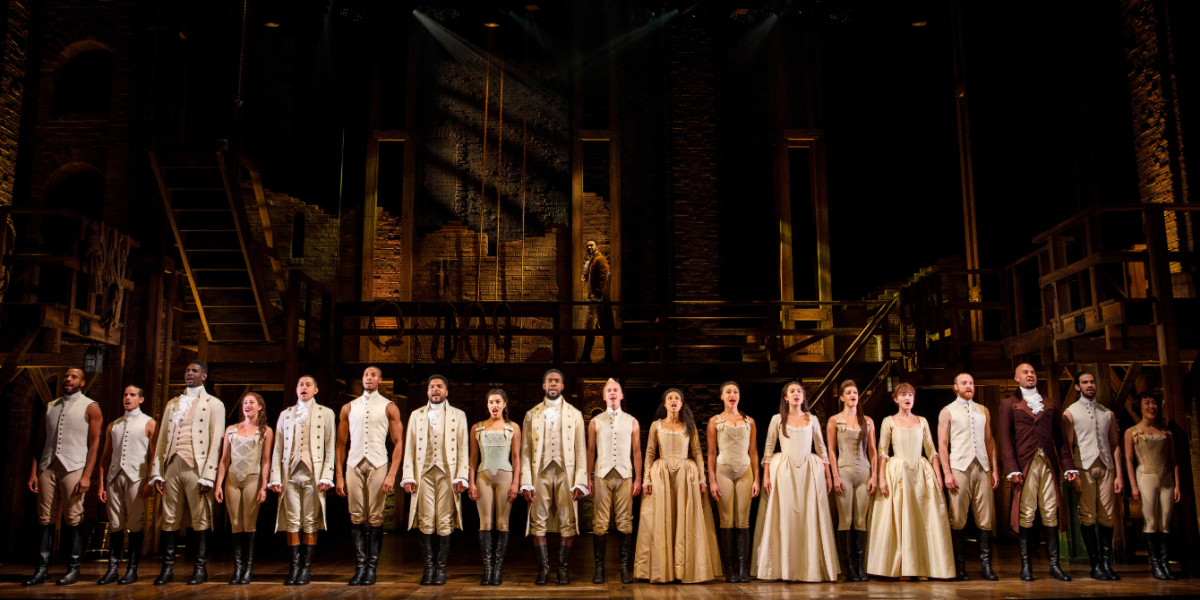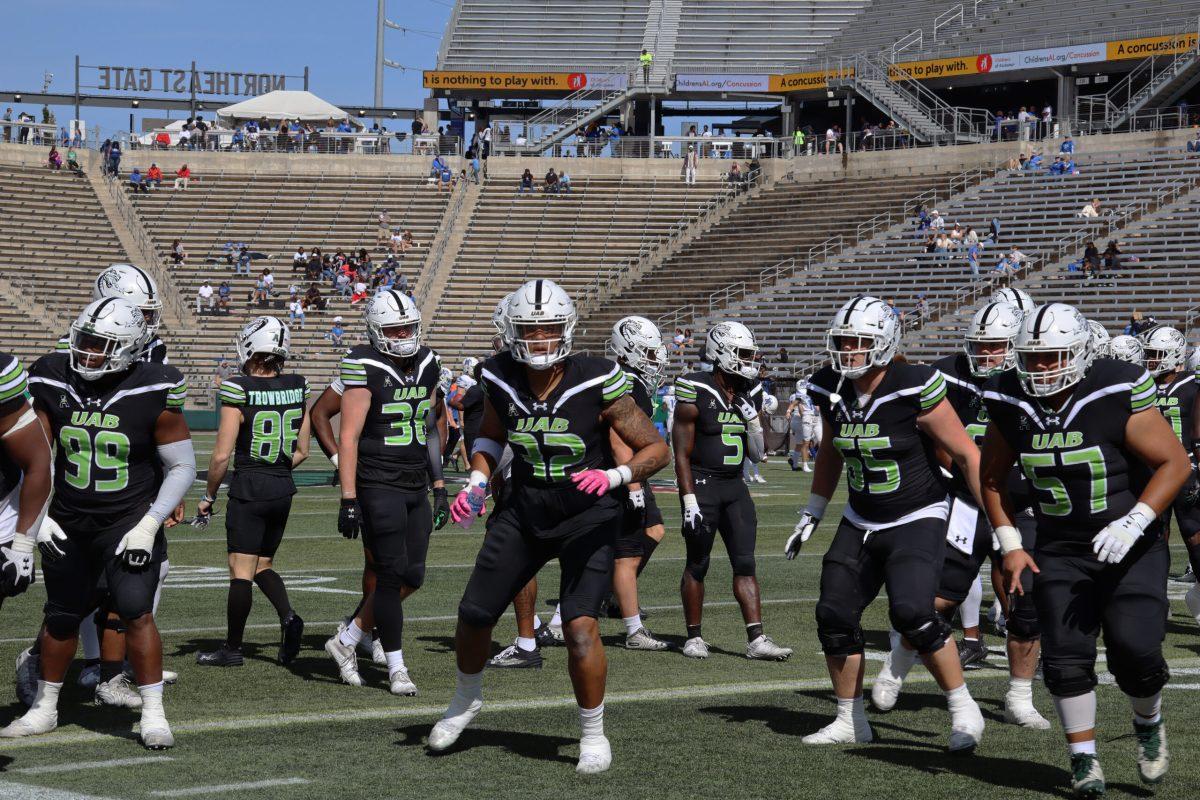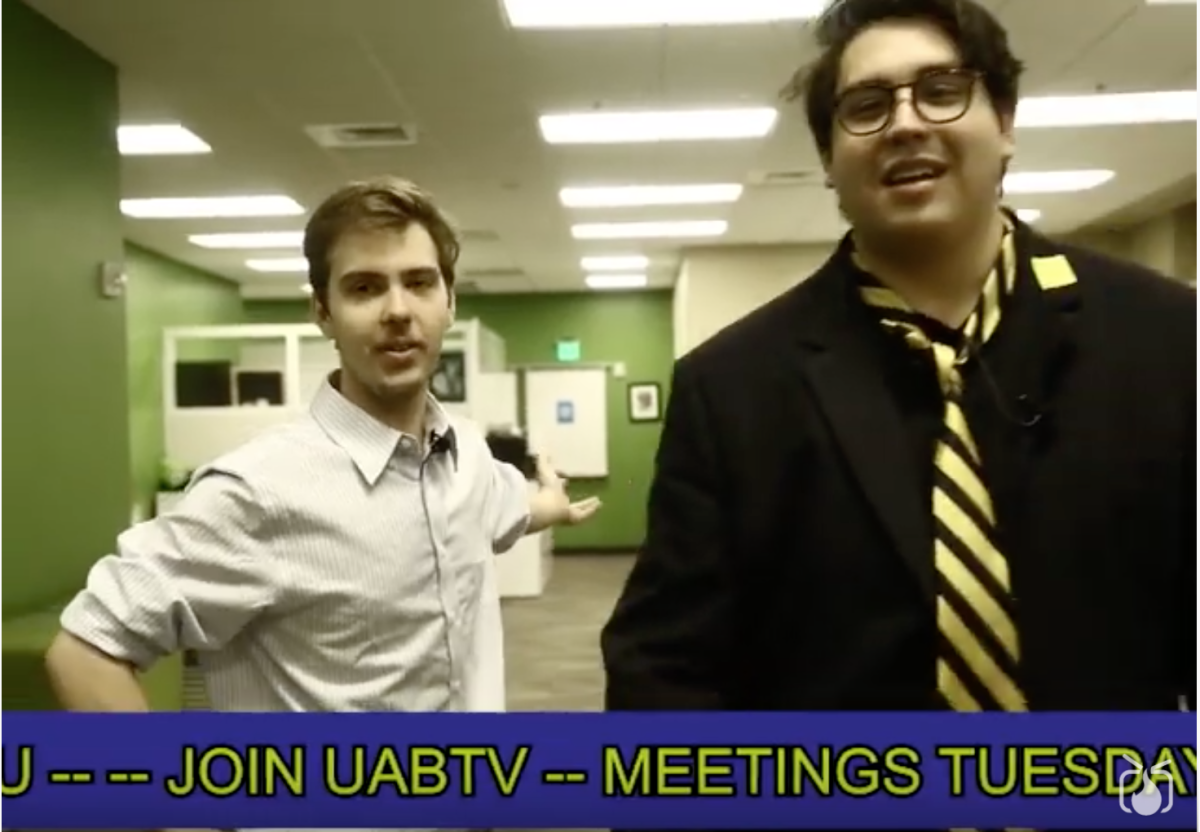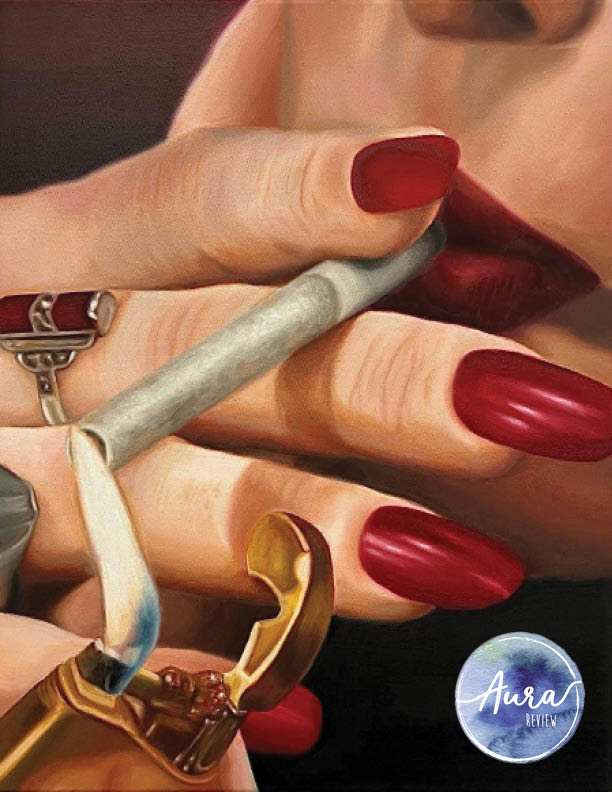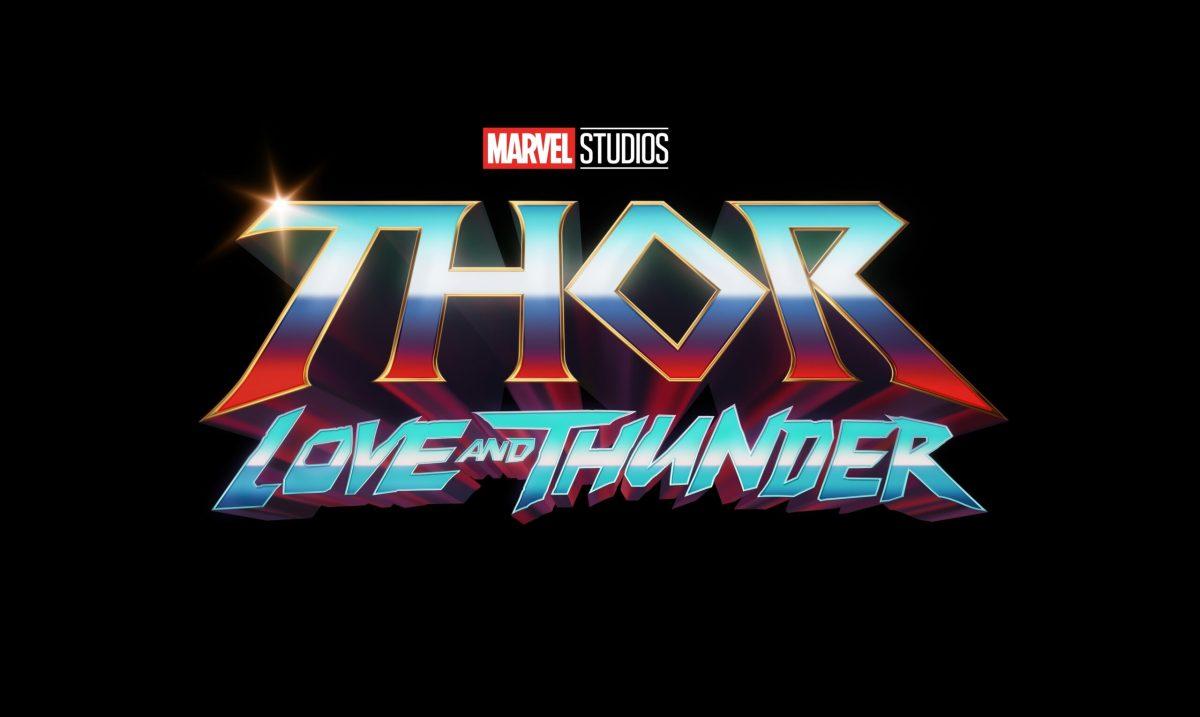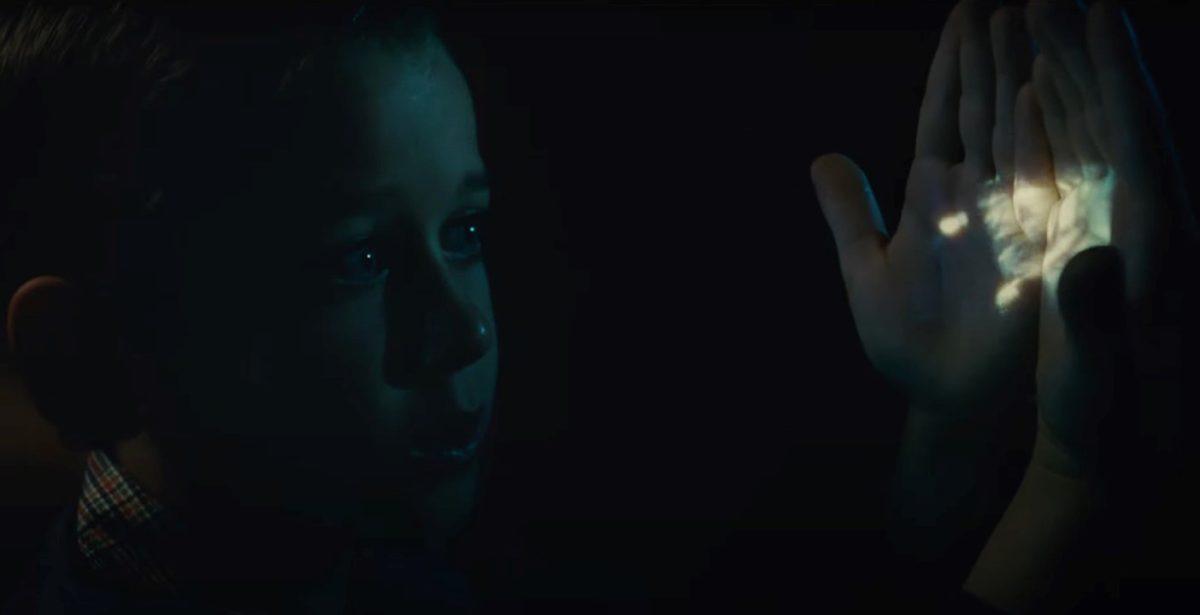By George Barreto
In possibly one of the strongest (albeit most rushed) openings to any MCU movie, Gorr the God Butcher (played by Christian Bale) finds himself absent of faith. With a fiery rage, he seeks to dismantle an unforgiving pantheon by killing gods after the untimely death of his daughter. It was during this promising introduction that I began to fear the worst: the movie would be a hodgepodge of promising but ultimately directionless ideas.
The fourth installment of the “Thor” franchise and the 20-somethingth entry to the all-consuming MCU conglomerate finds Thor at the same crossroads he’s always been at: Who is Thor? Compared to the last few “Thor” movies, he finally has an interesting villain to interrogate him on this question that he’s been asking himself for the last ten years. But it doesn’t help that all the interesting ideas being proposed are smothered by a poorly crafted script.
After “Thor: Ragnarok” became a phenomenon back in 2017, it was only safe to assume that Taika Waititi would burst back on the scene with something special again. Mind you, this was the creative force that Chris Hemsworth handpicked to revitalize a character he was feeling suffocated by, so it’s disappointing that even from the strong opening of “Love and Thunder” you begin to see the seams of its machinery. The film tries reconciling many different movies into one: a romantic movie about found love, a kids-in-peril action film, a satire about deities, and a sincere cancer drama. It’s doing a lot in a small amount of time, eventually buckling under its own weight.
The script, written by Waititi and Jennifer Kaytin Robinson, feels incredibly rushed. Mishandling tones and glossing over important moments of character progression to reach the spectacles that come with said progression, it makes for moments robbed of their significance. Jane Foster (Natalie Portman) returns as quickly as she left. This time, she has the powers of the God of Thunder. Her return feels like it should be momentous — the movie even constantly stops itself to state this — yet it falls flat when the movie has no time to deal with her rather intriguing arc, instead forcing her to the background. Thor and Foster are set up to be foils for Gorr, but the script does few to no interesting things with the premise, leaving so much on the table. Thor is a lonesome wanderer who has lost everything, and Foster is imbued with immeasurable power to sustain what she believes is her purpose. These threads are all there but ultimately go ignored.
What makes this relentless pacing even worse is the joke ratio. Every scene feels like it was mangled together right before the cameras started rolling — like a bad SNL sketch. There is no breathing room for any true drama when the whole scene comes to a halt for a joke. And when everything is a joke, is anything truly funny? I have similar problems with other Waititi projects, but rather than a skillful balance act like 2016’s “Hunt for the Wilderpeople,” it feels grating and exhausting here.
Christian Bale as Gorr adds necessary life to the film, portraying varying degrees of menace and terror with such ease while effortlessly never making it dull. There is a scene where Gorr harasses a group of Asgardian kids with a scary story; it was so riveting to see the array of choices Bale was making in his performance with such conviction. Sadly, the film offers little screentime for Bale, with needless jokes eating much of the runtime. Hemsworth also has some brilliant moments that highlight his strengths as an actor. He is much more engaging when he is subverting the leading-man persona, using his comedic timing to disarm you and hold control of a situation. This was evident in this year’s Netflix release “Spiderhead,” where Hemsworth used the tech bro archetype to create an empathetic undertone to a sinister figure. But just as in that movie, he is failed by the script. The “meathead gym bro” archetype butts heads with the manic character changes that happen from scene to scene. The two never meld quite right.
A standout sequence in the film takes place on a moon in the Shadow Realm. The sequence gains a chromatic black-and-white quality that contrasts with the usual neon polish of the film. The sequence is foreboding, permeating the film’s cheery motif with a horror atmosphere (aided by a lack of music and shadowy creatures that look almost stop motion). It was one of the movie’s few instances of genuine pleasure. Without spoiling anything, I found so much delight at the risks being taken here that it ultimately made me wonder if the rest of the movie would ever match that quality again.
“Love and Thunder” is at a crossroads — just like its titular character. At one end, there is a creative team crafting interesting narratives; at the other is a studio diluting their product with oversaturation (such as the overabundance of MCU shows to keep up with on Disney+). It’s getting diminishing returns at this point. Many will find enjoyment in the abundance of similar beats to “Thor: Ragnarok.” However, it’s becoming increasingly obvious that the studio is wearing itself thin.
“Thor: Love and Thunder” is currently playing in theaters.
